Meme Token Risk Calculator
Meme Token Risk Assessment
This tool helps you evaluate whether a meme token has any real utility or is likely to be a high-risk scam. Based on the article about RITA, we've identified key indicators of token quality and risk.
Risk Assessment Results
Key Risk Factors
There are thousands of crypto tokens floating around, but few are as confusing-or as risky-as Rita Elite Order (RITA). If you’ve seen it pop up on a decentralized exchange or a Telegram group promising quick gains, you’re not alone. But here’s the truth: RITA isn’t a project. It’s not a product. It’s not even really a coin in the traditional sense. It’s a meme token with no clear purpose, no verified team, and almost no trading activity. And yet, people still buy it.
What is RITA even supposed to be?
Rita Elite Order (RITA) claims to be an AI and bot-powered cryptocurrency. That sounds impressive-until you look closer. There’s no whitepaper. No GitHub repo. No developer addresses. No roadmap. No official website with real contact info. The only thing you’ll find are scattered listings on obscure platforms like Phantom, Uniswap, and MEXC, each giving you conflicting information. Some sites say RITA runs on Ethereum. Others claim it’s built on Solana. CoinGecko says the price is $0.0004014. LiveCoinWatch says it’s $0.006912. CoinMarketCap reports zero trading volume. DexTools says it’s $1,070. Which one’s right? None of them. That’s the problem. The data is inconsistent because no one is maintaining it. The token doesn’t have a team behind it. It doesn’t have a product. It just exists as a ticker symbol on a few decentralized exchanges.How much is RITA worth-and why does it even have a price?
As of late 2023, RITA’s market cap hovered between $38,000 and $44,000. That’s less than the cost of a used car. For comparison, Dogecoin’s market cap is over $11 billion. Shiba Inu is at $3.2 billion. RITA is 260,000 times smaller. And yet, people still trade it. The price exists because of one thing: speculation. With a price of around $0.0004 per token, it’s cheap enough to buy millions of them. That tricks people into thinking they’re getting a bargain. But low price doesn’t mean low risk. In fact, it’s the opposite. Tokens like RITA are classic pump-and-dump targets. A small group of people buys in early, pushes the price up with fake volume, then sells to new buyers who think they’re getting in on the next big thing. When the sellers cash out, the price crashes-and stays crashed.Where can you actually buy RITA?
You won’t find RITA on Binance, Coinbase, or Kraken. It’s not listed on any major exchange. The only places you can trade it are tiny decentralized exchanges like Uniswap v2 and Phantom. Even then, the volume is tiny. One source reports $1,127 in trading volume over 24 hours. That’s less than what a single Bitcoin buyer might spend in minutes. To buy RITA, you need a wallet like MetaMask or Phantom, some Ethereum (ETH) to pay for gas fees, and the exact contract address-which changes depending on which blockchain you’re on. But here’s the catch: if you get the wrong address, you’ll send your money to a dead end. And there’s no customer support to help you if you mess up.Is RITA built on Ethereum or Solana?
This is one of the biggest red flags. Some platforms say RITA is an ERC-20 token on Ethereum. Others say it’s a Solana SPL token. Both can’t be true. If it were on Solana, you’d see transaction data on Solana explorers. If it were on Ethereum, you’d see it on Etherscan. But no official contract address is consistently verified across both chains. That means either the token is being misrepresented, or there are multiple fake tokens using the same name. This kind of confusion is common with low-cap meme coins. Scammers create multiple versions of the same token, each with slightly different names or addresses, hoping to catch unsuspecting buyers. If you’re not careful, you could end up buying a fake version that’s completely worthless.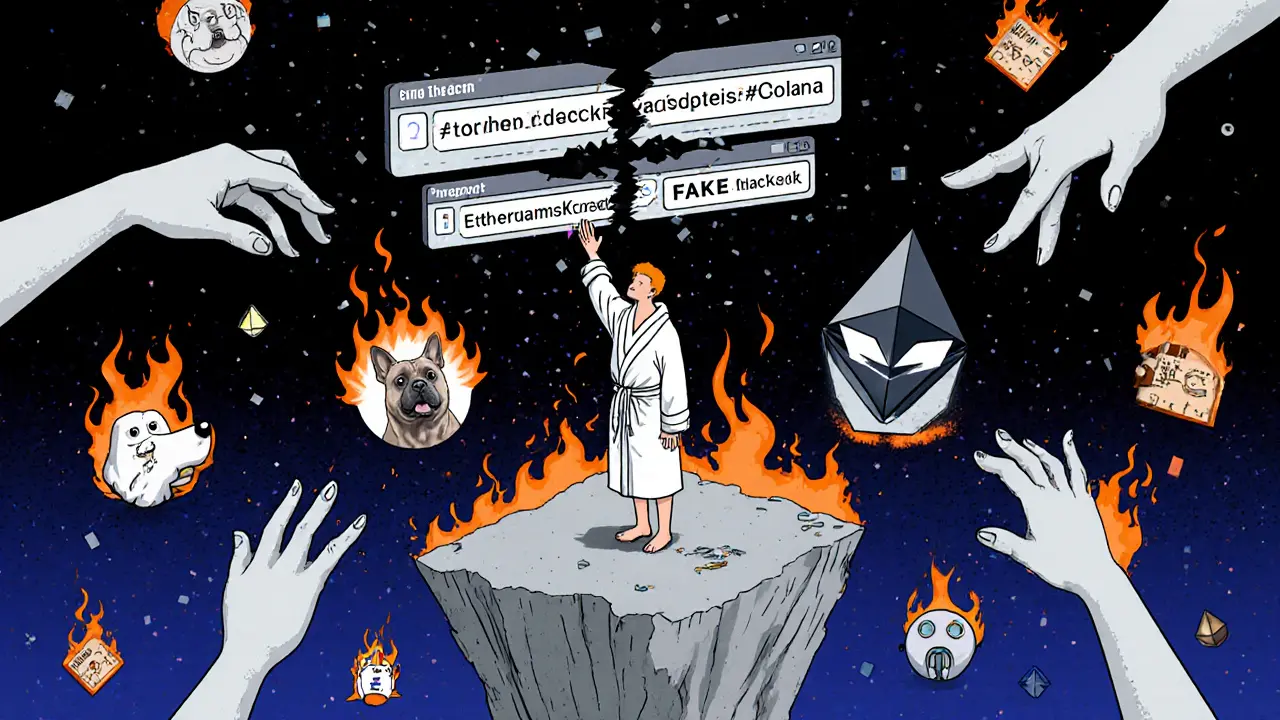
Why does RITA claim to use AI and bots?
LiveCoinWatch labels RITA as an “Artificial Intelligence, Bots, Meme” token. But there’s zero evidence of that. No code. No API. No bot interface. No smart contract functions that suggest automation or AI integration. It’s just a label slapped on to make the token sound more advanced than it is. This is a common tactic in crypto. When a token has no real utility, marketers throw in buzzwords like “AI,” “metaverse,” or “Web3” to create the illusion of innovation. But without a working product or technical documentation, these claims are meaningless. They’re marketing, not technology.Who owns RITA-and is it safe?
No one knows who created RITA. No team members are listed. No social media accounts are verified. No LinkedIn profiles. No interviews. No press releases. The token’s supply is fixed at 100 million, and all of it is circulating-which sounds good on paper. But in reality, that just means the original creators could have dumped their entire stash at any time. There’s no security audit. No code review. No public wallet tracking. That means the smart contract could have a backdoor. It could be frozen. It could be drained. And if that happens, you have no recourse. No lawyer. No support ticket. No refund policy.Is RITA a scam?
It’s not officially labeled a scam by regulators-because no one cares enough to investigate it. But it ticks every box for a high-risk, low-value token:- No team or transparency
- No utility or real use case
- Conflicting technical data
- Extremely low trading volume
- Price manipulation patterns
- No community or user feedback
- No roadmap or development activity
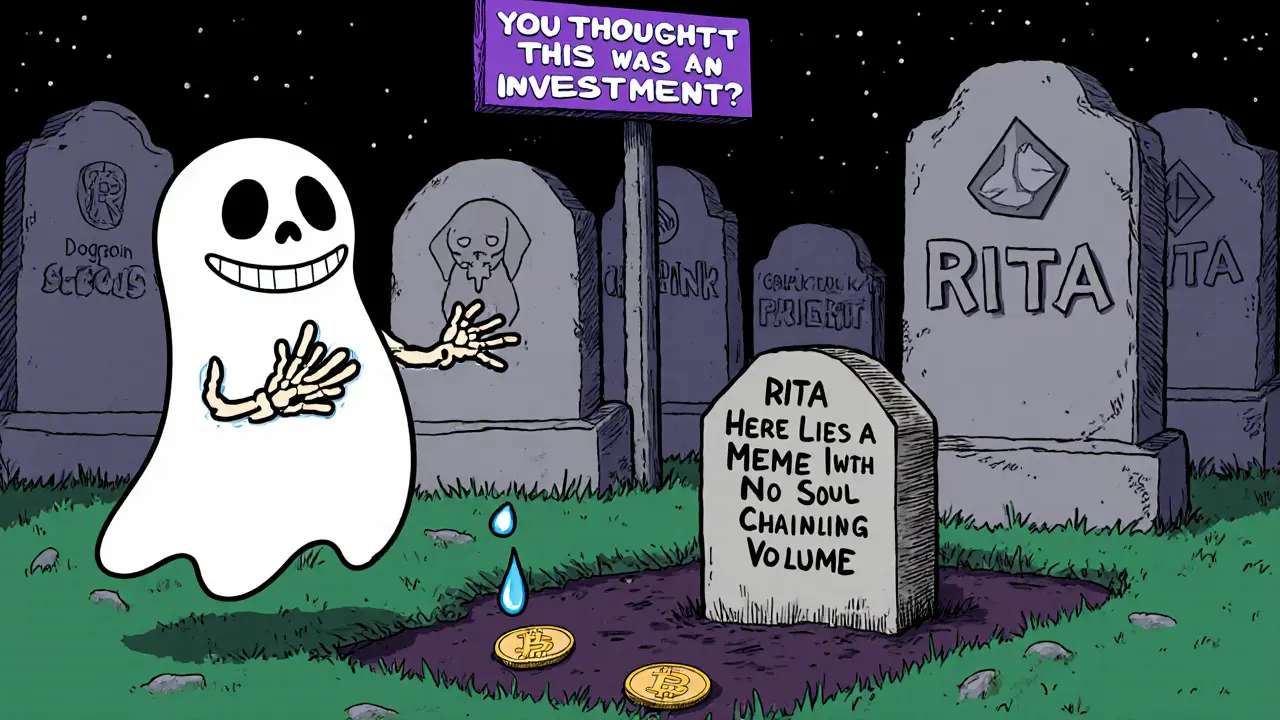

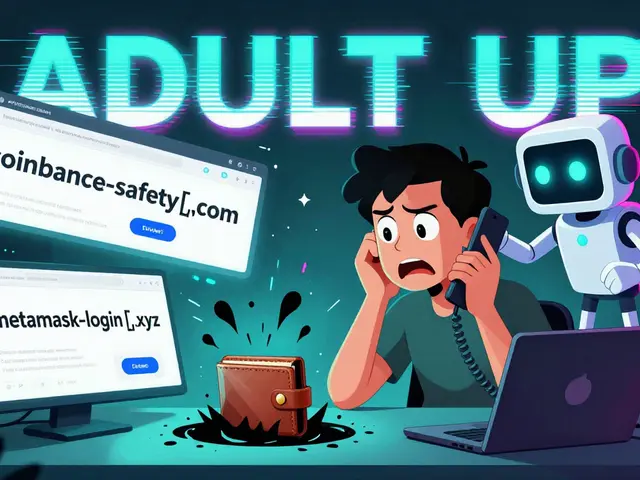
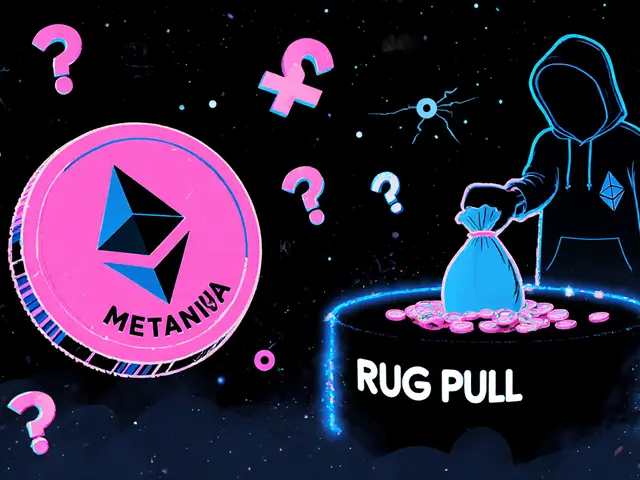
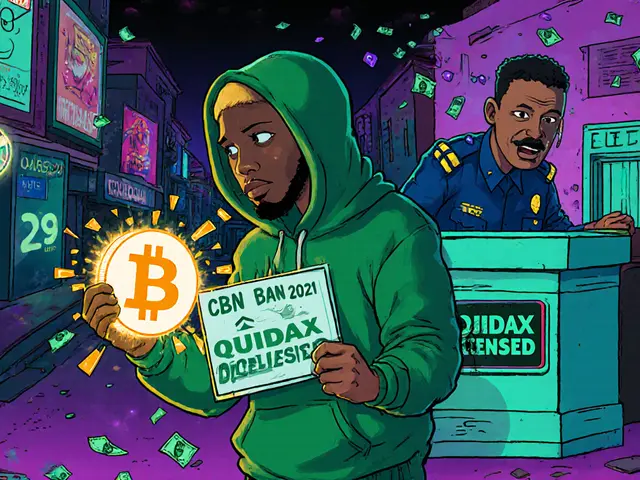
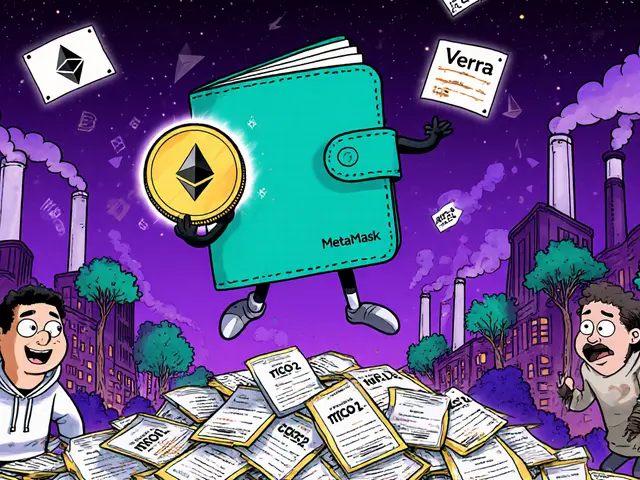
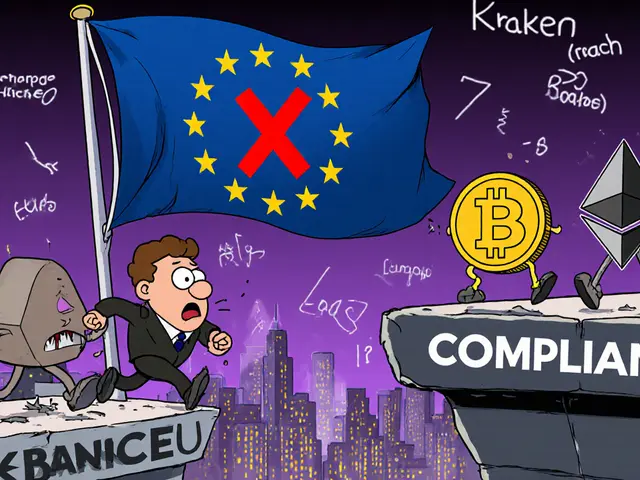
Joy Whitenburg
lol i just bought 5 million RITA tokens because the chart looked "cute"... now i'm just waiting for the moon. 🚀💸